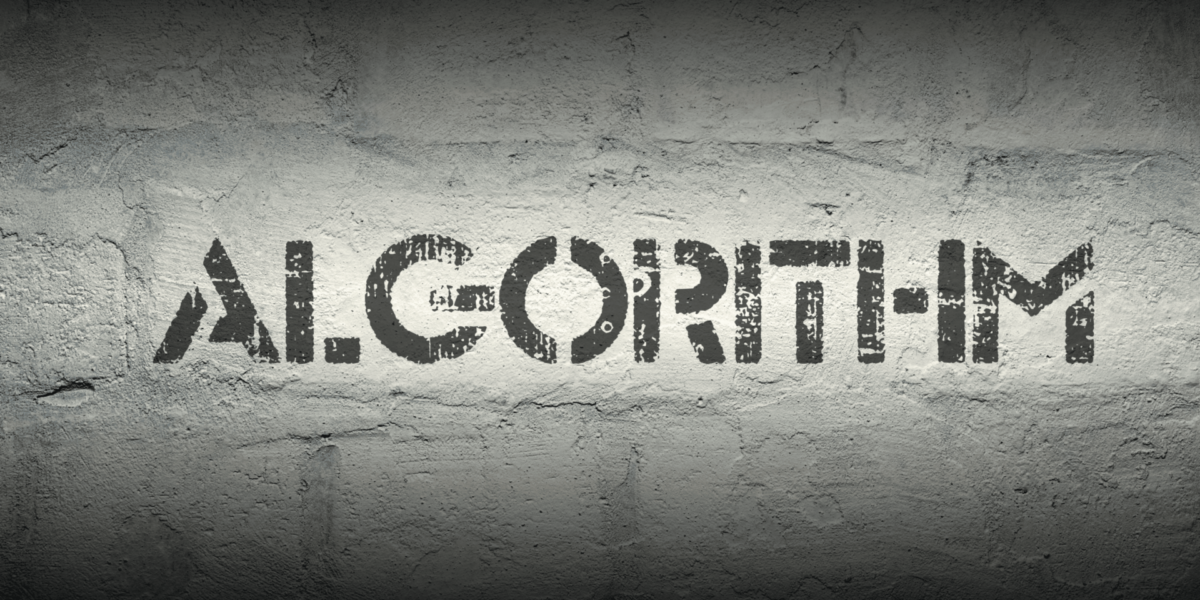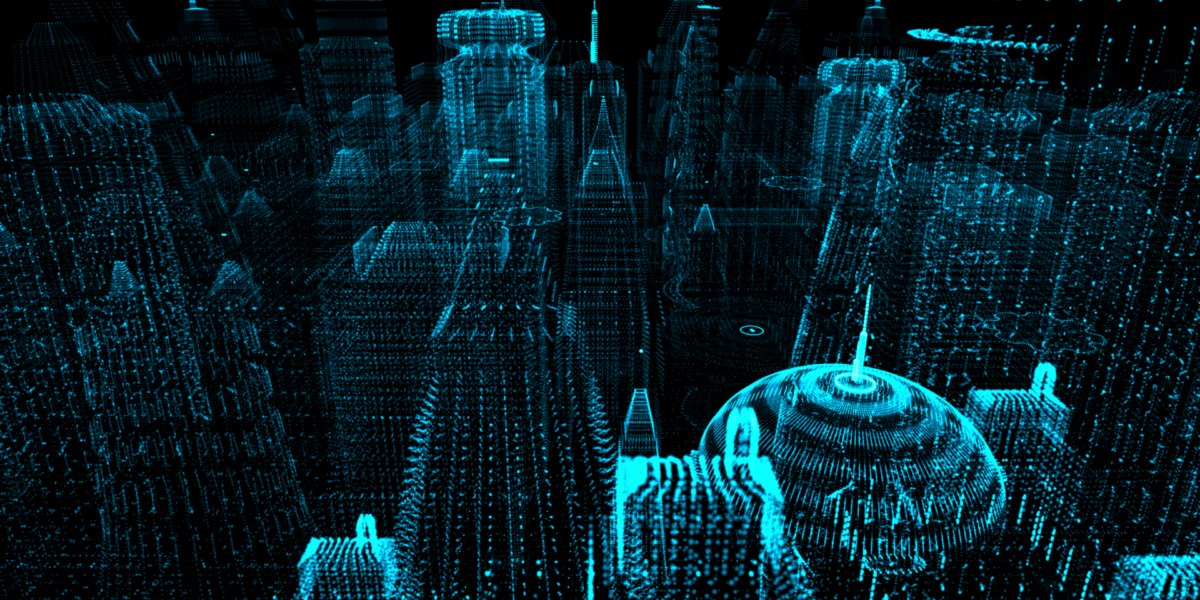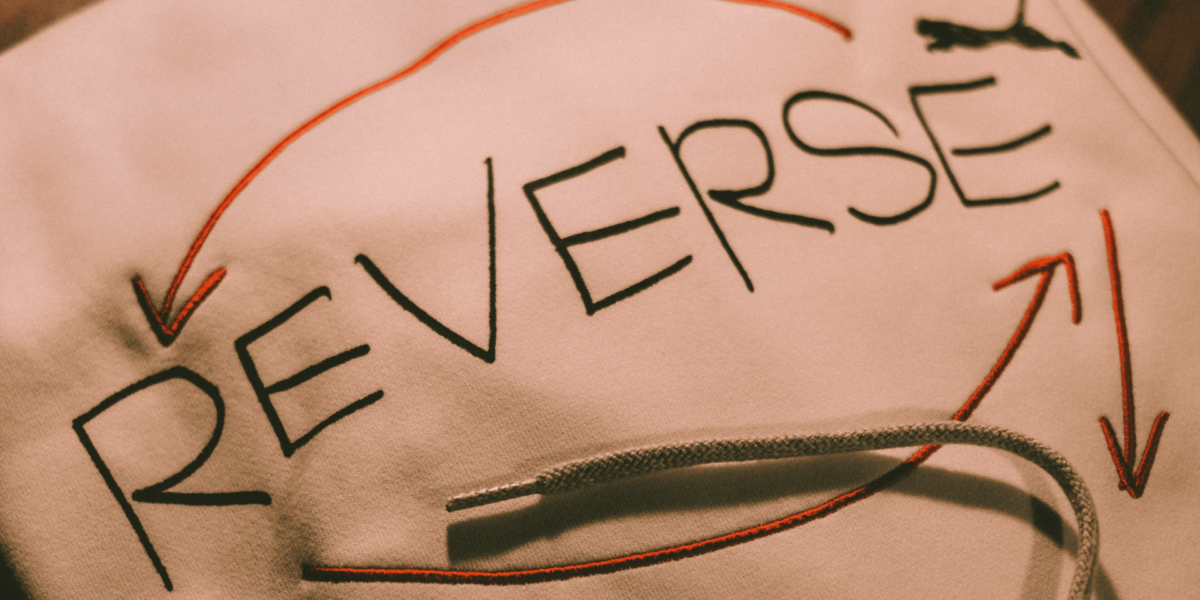Algorithms Shape What We Remember
In the digital world, algorithms decide what we see—and what we forget. These automated systems control timelines, feeds, and notifications. They filter content based on behavior, not significance. Over time, they shape memory by repeating what gets clicks and hiding what doesn’t.
Imagine a user logging in to a social platform. The algorithm pushes recent posts, recycled memories, and high-engagement content. What’s missing are quieter moments—the images, texts, or comments that meant something deeply but didn’t generate metrics. The system forgets them, even if the user doesn’t.
Digital Amnesia Is Built Into the System
The pace of online life makes digital amnesia common. Posts disappear beneath fresh content. Feeds reset. Notifications vanish. Even though data is stored, it becomes functionally invisible unless someone searches for it with precision.
In an organization that relies on cloud tools, critical decisions may live in buried threads or documents. If no one bookmarks them or links them to active projects, they fade. This kind of forgetting isn’t accidental—it’s a design feature. Speed takes priority over continuity.
Memory Needs Human Intention to Survive
Digital platforms don’t remember for us. They store data, but memory requires context and meaning. Without intentional effort to organize and revisit that data, the past becomes noise.
A team leader may archive project summaries without linking them to future goals. Months later, the team repeats earlier mistakes or redoes previous work. The data was available, but it lacked structure and narrative. Memory depends on active use, not passive storage.
Automated Highlights Distort Personal History
Some platforms offer memory features—”on this day” reminders, auto-generated highlight reels, or milestone prompts. These features create the illusion of memory, but they simplify experience into a narrow visual loop.
A user receiving a digital memory notification sees a smiling photo but not the situation behind it. The algorithm picked it for brightness, not relevance. Over time, these selections overwrite more complex emotional truths. The user’s understanding of their own history bends toward what the system surfaces.
Ghost Data Lingers Without Meaning
Deleted posts, old profiles, or abandoned accounts leave behind traces—ghost data. This data exists, but it lacks purpose. It’s no longer connected to an active person, project, or conversation. Yet it remains part of the system.
In a workplace platform, ghost data can slow down processes. Outdated records show up in searches. Old decisions resurface without context. The past isn’t truly remembered—it haunts the present, unclear and unresolved. Without curation, digital systems keep everything but understand nothing.
Memory Tools Must Serve Real Use
Good memory systems require tools designed for meaning, not just storage. They must help users build relationships between events, ideas, and values. Features that prioritize discovery over metrics lead to deeper recall.
An editorial team might use a digital workspace that tags articles by theme, contributor, and outcome. When new ideas arise, they search by concept rather than date. This kind of design turns digital memory into a working tool, not a fading archive.
Digital Forgetting Impacts Identity
When systems forget, users lose more than information—they lose part of their identity. Memory shapes how people understand themselves and their communities. If key moments disappear, so does context.
A small collective working on social issues may lose track of past wins and lessons if content gets buried in social feeds. New members won’t see the evolution of values or tactics. Over time, the group risks losing cohesion. The cost of digital forgetting is real.
System Biases Alter What Gets Remembered
Algorithms are not neutral. They prioritize content based on rules—often driven by commercial interests. This introduces bias into digital memory. What gets remembered is not what’s important, but what’s profitable or popular.
A platform may highlight bright visuals, fast comments, or trending language. It may hide long-form reflection or sensitive topics. Over time, these patterns become invisible standards. Memory gets edited before it even forms. The result is a distorted history shaped by engagement rates.
Curated Memory Requires Ongoing Effort
Digital memory isn’t a one-time act. It requires regular attention. People must tag, sort, link, and revisit the information they care about. Otherwise, it disappears into the digital static.
In an educational setting, instructors might save lesson plans and student projects to a shared drive. But unless they create an index, label files clearly, and update them, the content becomes inaccessible. The work is still there, but no one can use it. Remembering takes maintenance.
The Future Demands Conscious Archiving
If digital systems continue to speed up and filter aggressively, the only solution is conscious archiving. This means slowing down, naming files with care, tagging with intent, and creating structures that reflect values—not just categories.
An independent artist might organize their portfolio not by year, but by theme or impact. They write notes about why each piece matters. When they revisit the archive later, they find more than images—they find meaning. This level of memory care builds a future that remembers on purpose.









